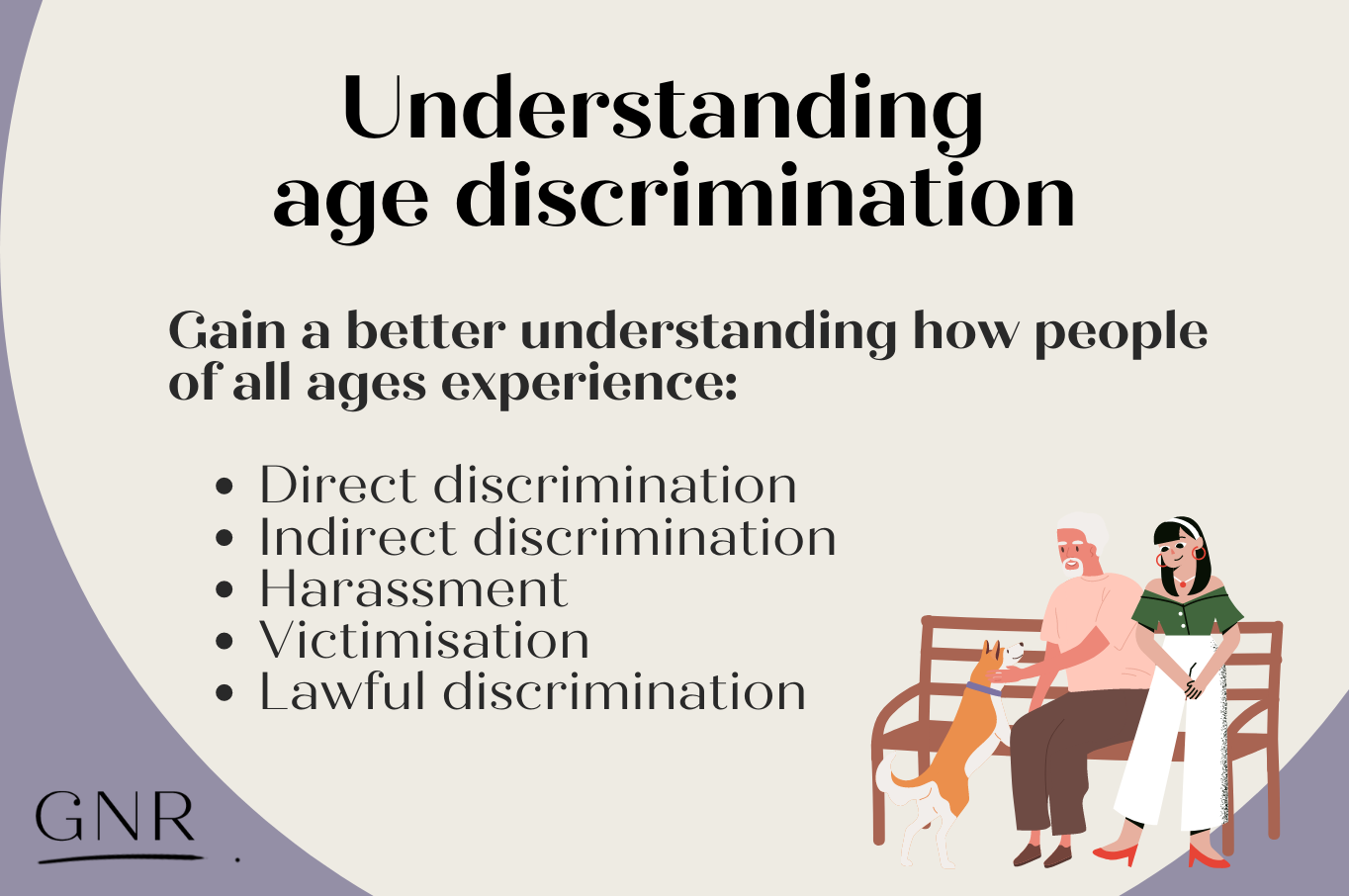Age Discrimination in the Workplace
Age discrimination affects millions of British employees of all ages every year. In this blog you’ll learn about some of the different ways that age discrimination can occur inside the workplace, and a few of the areas in which age discrimination is legal.
First, it is vital to recognise that age discrimination is a problem for people in the workplace at all stages of life. For example, there are stereotypes about both younger generations (e.g. they are obsessed with their phones) and older generations (e.g. they are set in their ways). It is important that employers focus on preventing discrimination of people of all ages in their hiring practices, throughout the employee’s time with that company, and beyond.
Equality Act 2010
Age is one of the nine protected characteristics named in the Equality Act 2010. This means that you cannot be discriminated against at work because:
you are (or are not) a certain age or in a certain age group
someone thinks you are (or are not) a specific age or age group
you are connected to someone of a specific age or age group
Age groups can include both specific groups (e.g. people in their mid-30s) and more general ones (e.g. people under 50). The Equality Act also includes terms such as ‘young people’ or ‘pensioner’.
Types of age discrimination:
Direct discrimination
This is the most obvious type of discrimination which occurs when people treat you worse than another person in a similar situation because of your age. For example, it is direct discrimination if your employer decides to make you redundant because you are close to retirement age rather than assessment of your skills, performance and abilities.
Indirect discrimination
An organisation that has a policy that applies to all employees but puts people of certain ages at a disadvantage is displaying indirect discrimination. For example, a job advertisement stating that applicants need at least 10 years of experience will preclude younger people from applying, although an employer may have a genuine requirement to have a candidate with a certain number of years of experience.
Harassment
Harassment occurs when you are made to feel humiliated, offended or degraded due to your age. This can include written, verbal, or physical conduct. Harassment also includes situations in which the employee is not on the receiving end of the behaviour, but their dignity at work is negatively impacted nonetheless. For example, if you are slower to understand a new software, and your younger colleagues keep commenting that this is because of your age, that would be considered harassment.
Victimisation
Finally, victimisation is when you are treated badly because you have made a complaint of age discrimination under the Equality Act, or you are supporting someone with their claim. If you have gone to a manager to make a discrimination complaint, and they then proceed to exclude you from workplace socials because of it, that is victimisation.
Lawful discrimination
However, there are a few circumstances in which it is lawful for an employer to hire an employee to be, or not be, a particular age. This must:
Be crucial to the post
Relate to the nature of the job
Be a proportionate measure
To put this into context, common circumstances include:
A bar needing an employee serving alcohol to be 18 or over
An organisation taking positive action to encourage or develop people in an age group that is under-represented or disadvantaged in a role or activity
By reading this post, you should have a better understanding of the types of age discrimination in the workplace, and the circumstances in which discrimination is legal. If you’d like to learn more about discrimination in the workplace, we’ve also written a post about disability discrimination.
Finally, if you are concerned that you have been discriminated against due to your age, you should consider seeking legal advice to discuss whether the facts of your case meet the legal requirements.
The above information is correct as of September 28th 2022 and may be subject to change. The above does not constitute legal advice. Legal advice should be sought regarding your individual circumstances.


